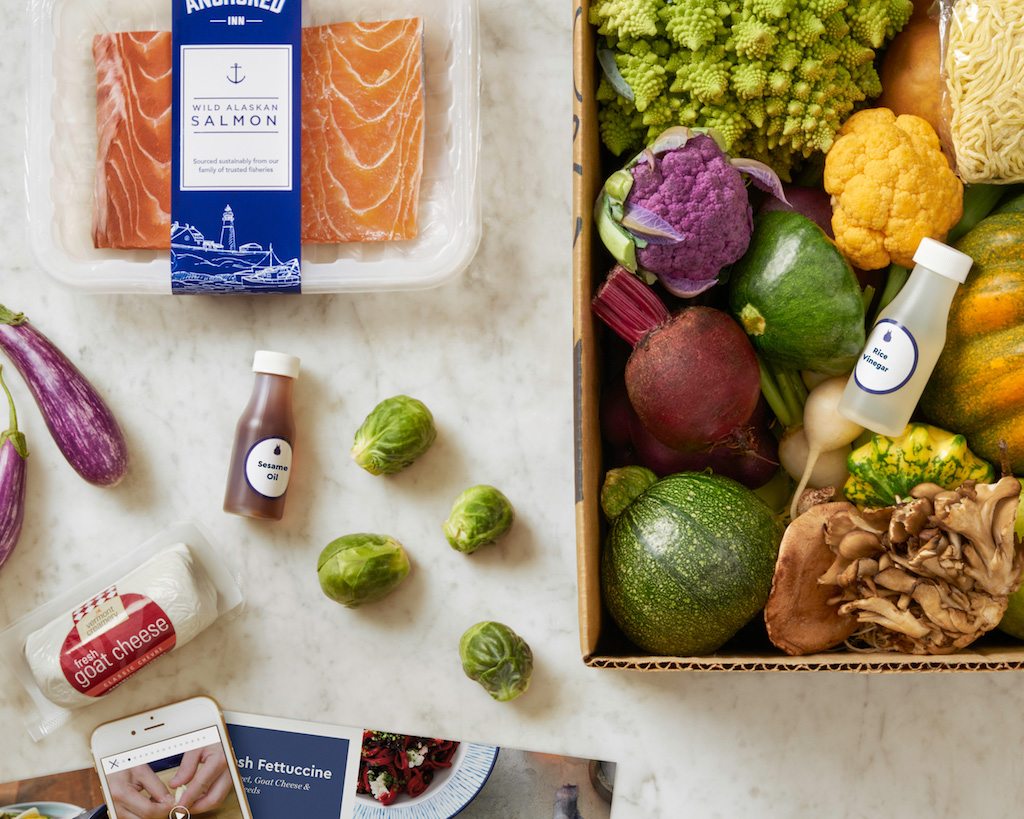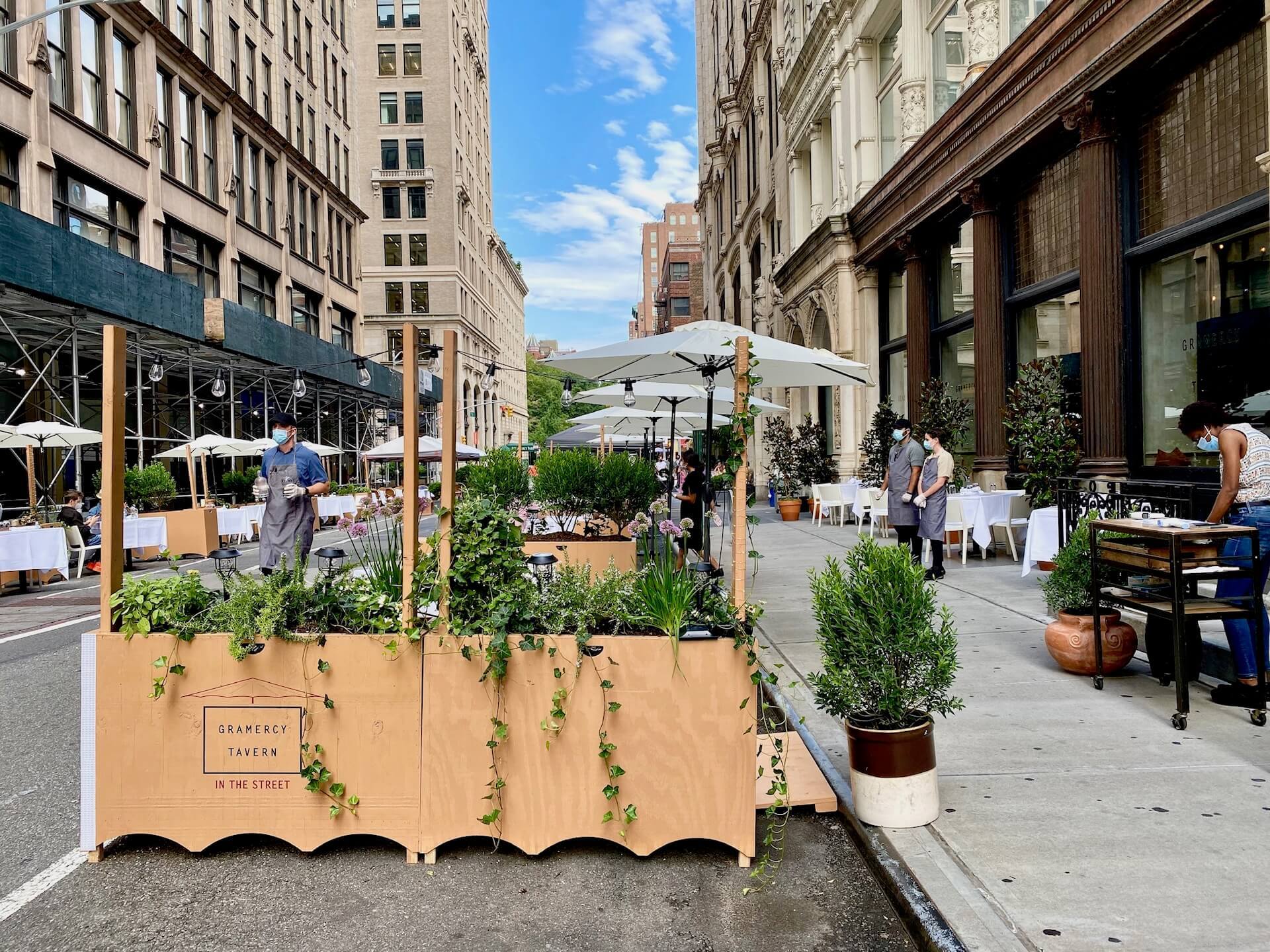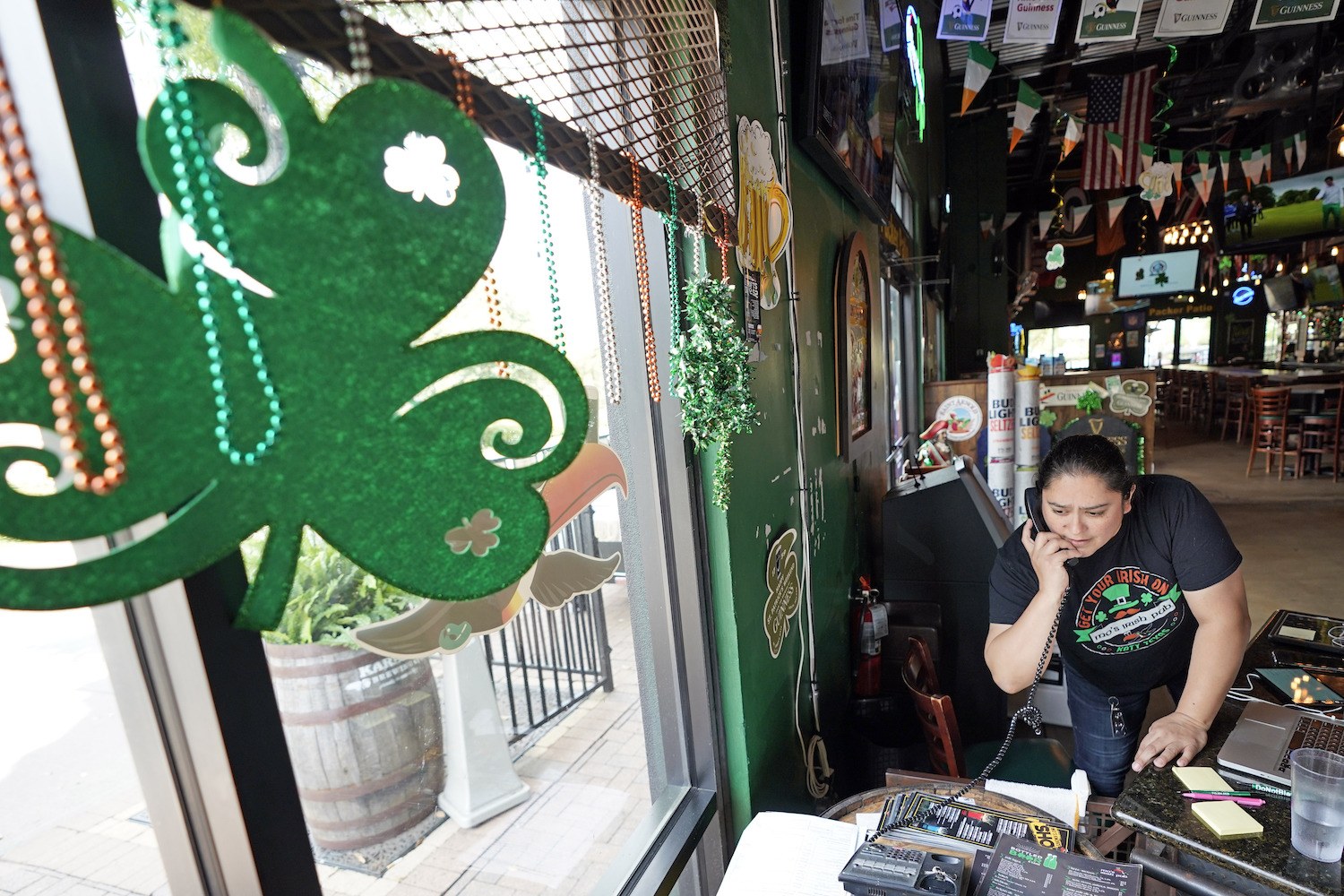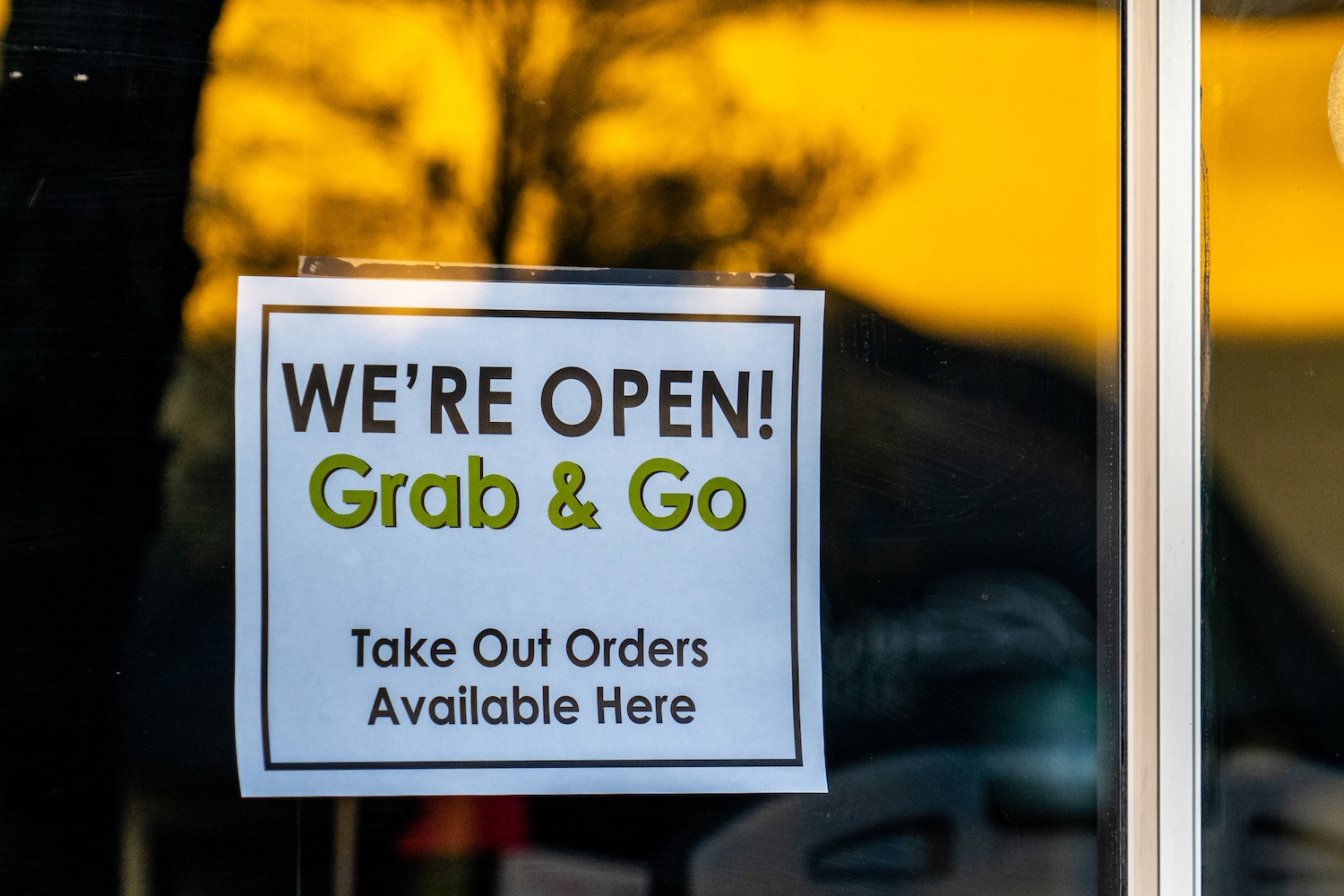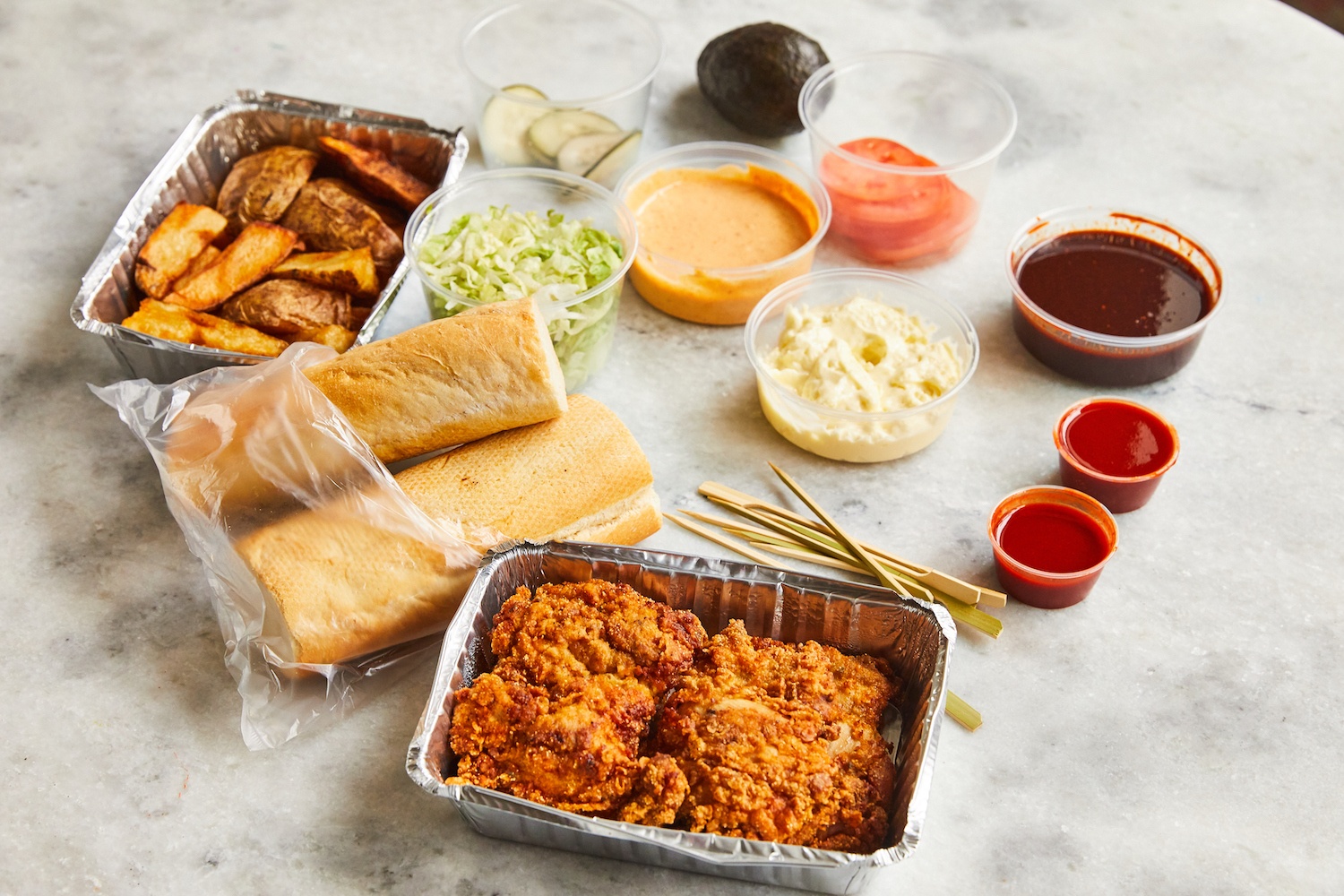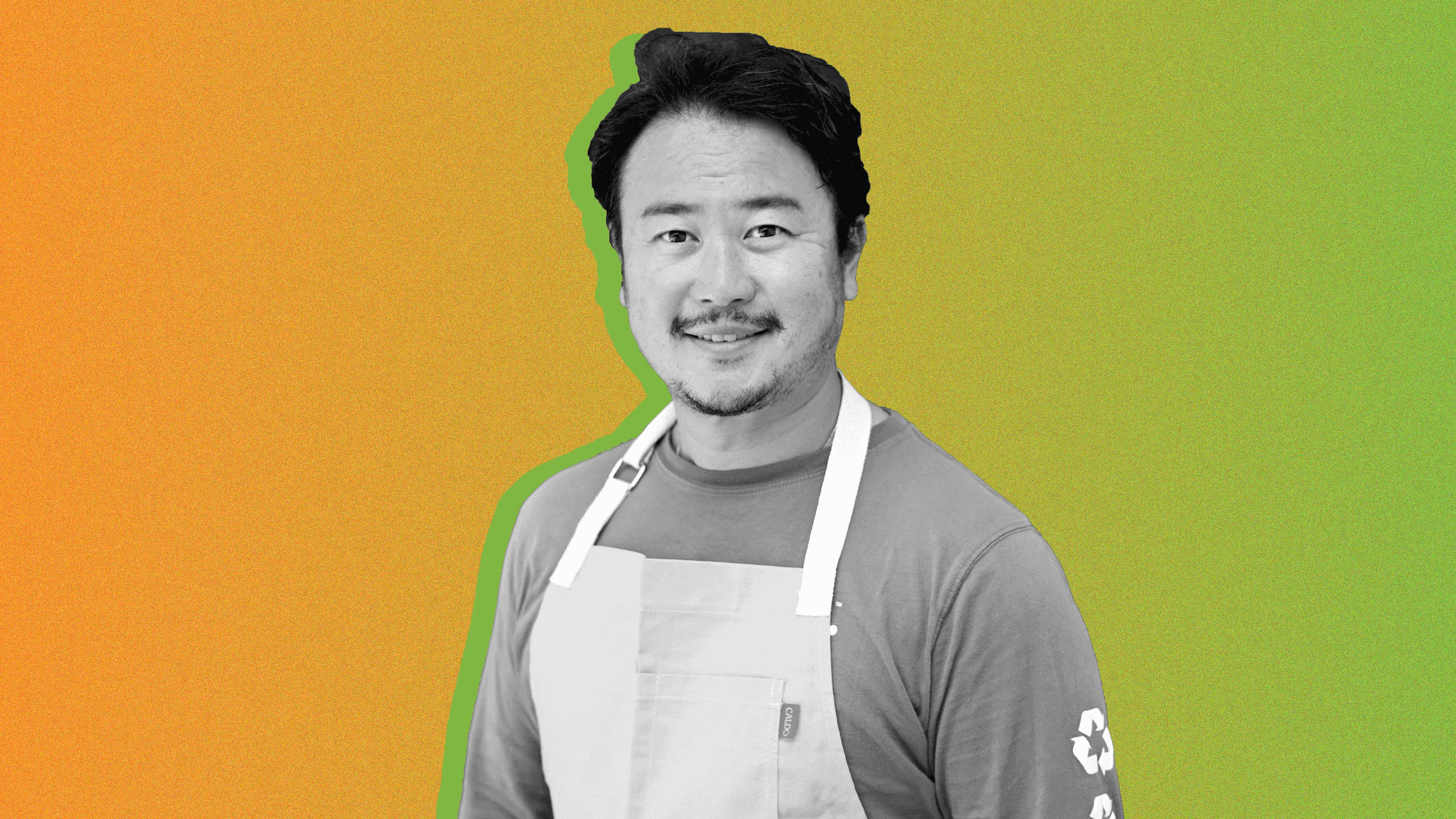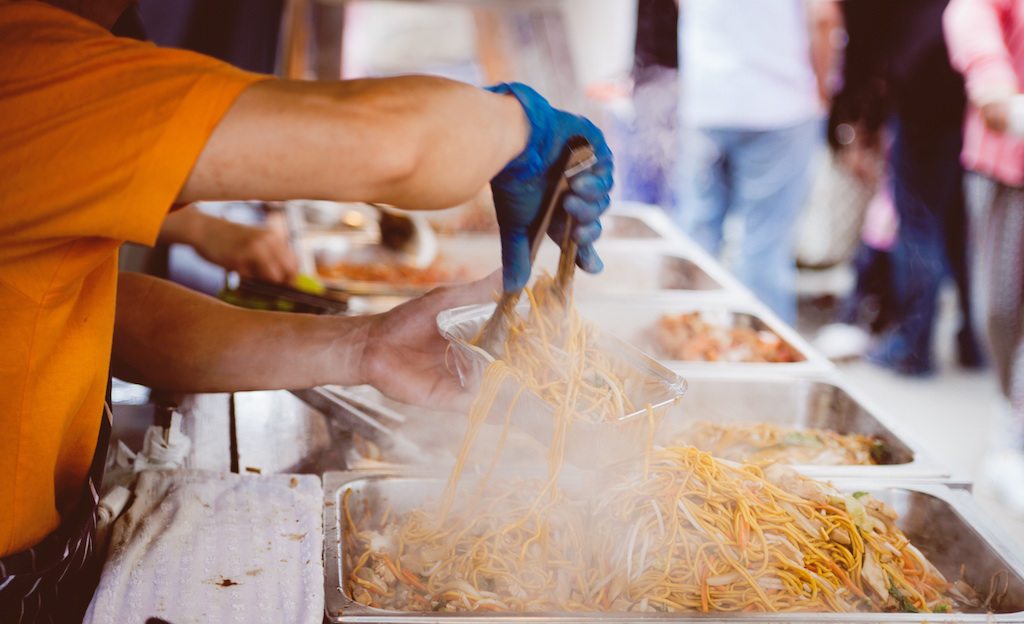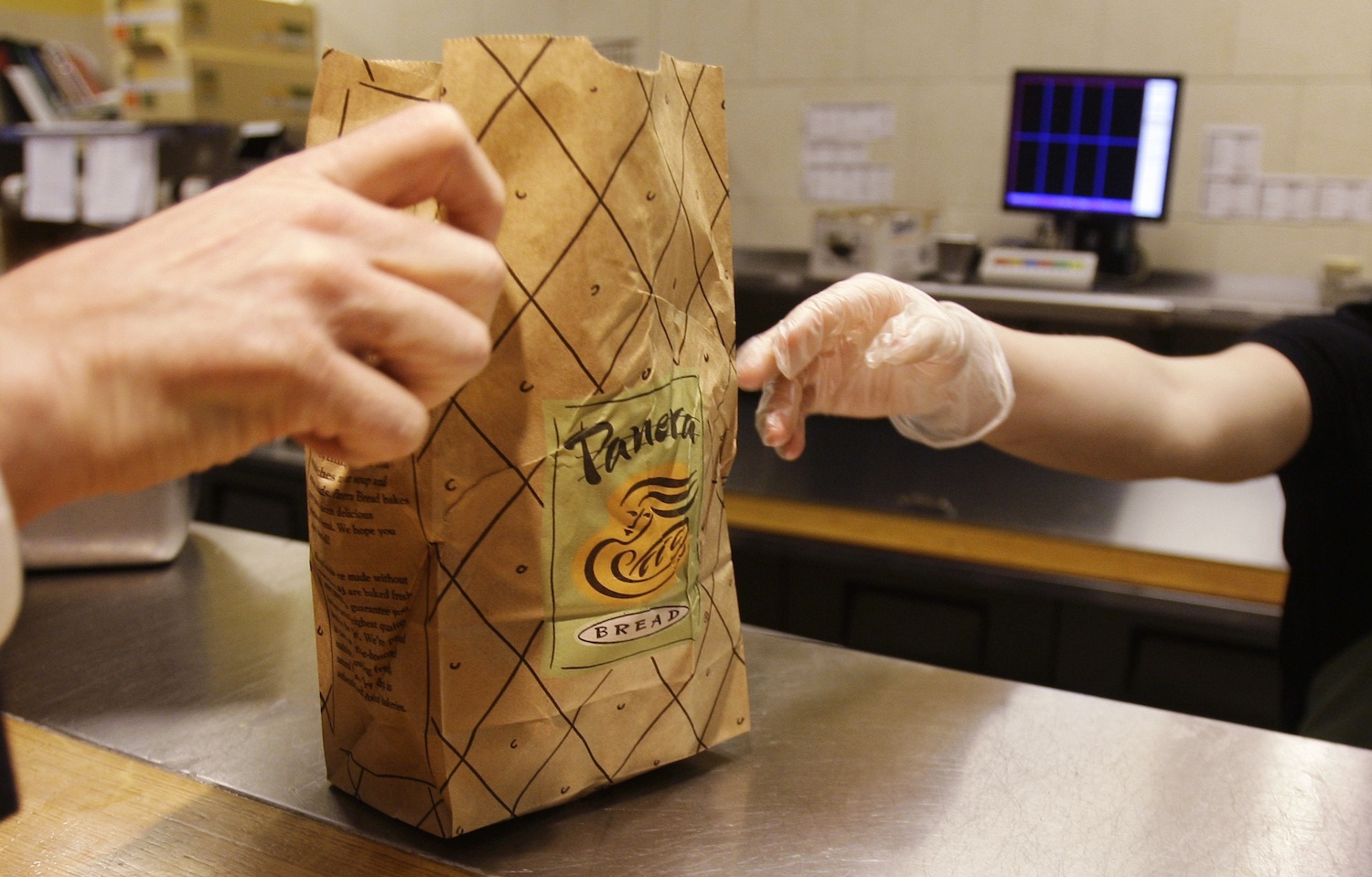
AP Photo/Charles Krupa,
Restaurateurs say they offer quick hits of cash, a stable stream of revenue—and an opportunity for customers to spend more money than they expect to.
In the early days of the pandemic, Darlyn Summers, a YMCA summer camp and after-school coordinator in Wauwatosa, Wisconsin, signed up for a free trial of unlimited coffee at Panera Bread. The 31-year-old thought she would cancel the service when the trial expired, just as she had ended her Bark Box subscription for monthly deliveries of dog toys and treats, after a similar promotion.
But after her office reopened, and she started commuting again, Summers got used to a new morning routine: picking up a large iced coffee, with half-and-half, just minutes before she arrives at work. Some days, she orders a bagel or muffin on the side.
“I justify the subscription by telling myself, if I get coffee here, then I don’t have to go to Starbucks,” Summers said, of the $9 she pays every month for unlimited coffees.
Facing unprecedented adversity this year, restaurants have tried a range of novel, creative approaches to survive. Some became grocery stores, or started selling high-margin take-out cocktails. Others converted to take-out only, or moved their tables and seats outside. But now, seven months into the pandemic, some approaches are proving to be more attractive than others.
Industry experts, restaurant owners and entrepreneurs are bullish on restaurant subscriptions—a business model where, for a fee ranging from a few bucks a month to over $1,000 for the year, customers receive discounted or unlimited menu items. Subscriptions offer consistency at a time of great uncertainty, and a source of stable revenue in the form of recurring charges to customers’ credit cards. And while the pandemic has accelerated a trend of customers choosing to stay home, subscriptions give them a reason to come back—and restaurants a much-needed opportunity to upsell them.
“People are very resistant right now to actually going into restaurants, and consuming in restaurants, the way they’re used to, so this is a time when the industry has an opportunity to retune what they’re doing,” said Alex Susskind, director of the Cornell Institute for Food and Beverage Management. “I 100-percent agree that this is something that operators should seriously consider, and something that will help them down the road.”
Panera now boasts nearly 500,000 paid subscribers, and 35 percent of coffee orders also include food.
Think of the subscriptions you may already have. Groceries, through Amazon Prime. ($119 a year for free shipping.) Furniture at Restoration Hardware. ($100 annually for 25 percent off.) Monthly deliveries of razors and blades through Dollar Shave Club. Meals through Blue Apron. And, of course, Netflix and Hulu—the modern version of cable TV.
Restaurant subscriptions, however, are rare, and past attempts to launch them have had inconsistent results. For every Never Ending Pasta Bowl that “saved” Olive Garden, there are failures like Burger King’s monthly coffee subscription—the $5-a-month, unlimited coffee service that was reportedly intended to promote a breakfast menu, but was canceled within months. Similarly, Cumberland Farms’ $25-a-month coffee “cupscription,” unveiled last July, was over by January. (Burger King did not respond to multiple media requests and Cumberland Farms declined to comment.)
But the pandemic may have changed the calculus. In late February, just weeks before the country shut down, Panera Bread launched an $8.99-per-month subscription for unlimited amounts of coffee and hot tea, every two hours. The chain, which did not return multiple requests for comment, reportedly signed on 800,000 customers, many through free trials. It now boasts nearly 500,000 paid subscribers, and 35 percent of coffee orders also include food. Panera CEO Niren Chaudhary told Restaurant Business the program is profitable and “very successful at a very difficult time.”
An earth-shattering event like a pandemic “unfreezes” consumers, and gives them permission to try new things.
Other beleaguered chains are following suit. In September, Pret a Manger launched its own subscription, a “coffee pass” that entitles customers to unlimited hot or iced drinks for $10 a month or espresso-based coffees for $20. The sandwich chain’s chief executive said the “survival mode” tactic was inspired by Panera’s success. BJ’s Restaurants, a California-based brewpub chain, announced a beer subscription program as part of a long-term strategy to overcome indoor dining restrictions.
Some independents are also trying out the model. In January, Matty O’Reilly, a restaurateur in Saint Paul, Minnesota, started a $99-per-month subscription plan that entitled patrons to a daily menu item at any of his four restaurants—like Sandy’s, a long-standing burger joint, or Republic, his brick-walled gastropub. O’Reilly says he made his money back, and then some: The average subscriber spent over $300 per meal (factoring in whoever the subscriber brought with them to eat). During the pandemic, when change is the only constant, he says subscriptions are stable revenue streams. O’Reilly is also developing an app called ReMember (“restaurant member”) that will help other restaurants integrate subscribers into point-of-sales systems.
“When you operate in an industry like this, where you’ve got thin margins, cash flow is just about everything,” he said. “If you can regulate some of that cash flow, then you’re in better shape.”
Consumers may be enticed by the novelty, says Michael Solomon, a St. Joseph’s University marketing professor. An earth-shattering event like a pandemic “unfreezes” consumers, and gives them permission to try new things. Online grocery shopping, for instance, was a niche service that quickly became a new normal.
Over 55 percent of New Yorkers would consider subscribing to a favorite restaurant, some just to help them stay in business.
He also believes there’s an economic element. With so many Americans still out of work, or underemployed, consumers are more likely to have tighter budgets and appreciate the value of a long-term deal. And they’re driven by a desire to support the ailing restaurant industry. A recent survey showed over 55 percent of New Yorkers would consider subscribing to a favorite restaurant, some just to help them stay in business.
“Those factors combine to make a perfect storm, and lift this new model,” Solomon said.
Of course, subscriptions have their limits. Restaurant owners must know their costs, and budget carefully before selling discounted menu items, says Lilly Jan, a food and beverage lecturer at Cornell’s School of Hotel Administration.
“The pandemic is changing people’s behavior, and I think it’s going to change a lot of it permanently.”
They also typically benefit corporate chains more than their franchisees. In October, Dickey’s Barbecue Pit, a Dallas-based chain with over 460 national locations, launched a “meat box” service that costs between $100 to $280 monthly. A spokesperson told The Counter the company shares only 5 percent of those revenues with franchisees.
Emily Siegler, a team lead at a Panera Bread in Illinois, says her store isn’t benefiting from memberships. She and other employees ring up about 30 subscriber coffees and teas every day, she estimates, and those customers “almost never” order food. She says there’s “no way” it’s been profitable, and doesn’t see that changing, unless her store “starts charging for sugar or cream.” (Several large franchisees did not respond to multiple requests for comment.)
Whether subscriptions can save these restaurants remains to be seen. But if and when the pandemic ends, the new routines may endure. “The pandemic is changing people’s behavior, and I think it’s going to change a lot of it permanently,” said Susskind. “This actually has some staying power.”

